What the figures say
Compared to the population at large, young adults (aged 16-24) are over-represented among casualties, although this trend is declining slowly over time. Devon and Cornwall’s resident young driver involvement rate of 435.3 per 100,000 population is 4% higher than the overall GB rate (418.7), and 7% higher than the South West region rate of 409.4 (Agilysis report 2018). Exeter has the lowest rate (146.7), compared to Eastern Cornwall with the highest rate of 610.9.
According to RoSPA (Royal Society for the Prevention of Accidents), nationally young drivers are more likely to be involved in a collision that results in a fatality or serious injury at night, and this is particularly true for young male drivers.
Although males aged 17-20 are seven times more likely to be involved in a collision than all male drivers, between 2am and 5am, their risk is 17 times higher. Passengers can have a significant impact on the safety of a vehicle driven by a young driver. Passengers can divert the driver’s attention, and encourage certain behaviours, such as speeding and risky overtaking, especially on rural roads. Driving a car full of passengers of similar age increases the risk of a fatal accident for newly-qualified drivers by four times, compared to driving alone.
Young drivers who live in rural areas of the UK are also 37 per cent more likely to be involved in an injury collision than their urban counterparts, according to RoSPA. Due to inexperience and poorer hazard perception skills, young drivers are more likely to be involved in high-speed crashes, crashes caused by losing control of the vehicle, crashes in the dark and crashes when overtaking and negotiating bends. Fatal rural collisions often occur on a bend and result in greater vehicle damage, and head-on crashes are also more prevalent in rural areas.


